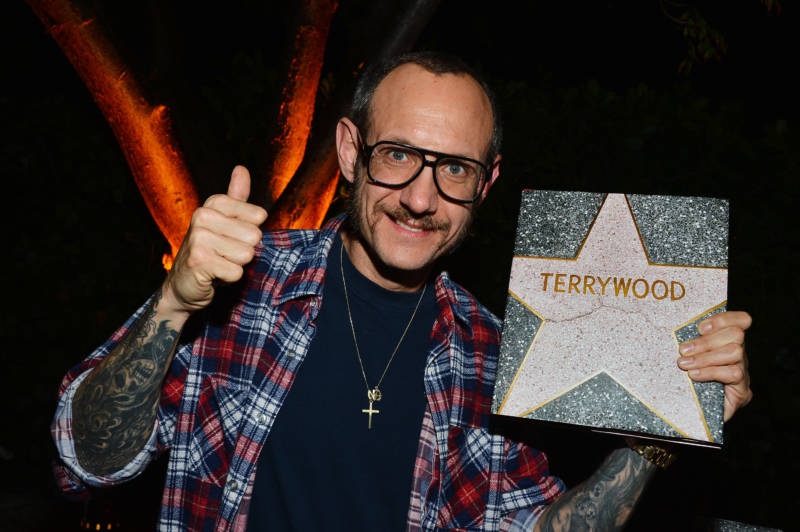After stories hit social media this week accusing celebrity photographer Marcus Hyde of sexual harassment and assault, one of his most famous subjects, Ariana Grande, responded via Instagram Stories with a message that smacked of victim-blaming.
The floodgates opened after 20-year-old model Sunnaya Nash published screenshots of Hyde pressuring her for nude photos, telling her a non-nude photoshoot would cost $2,000, and finally descending into verbal abuse when she objected. Many other young models followed suit, sharing allegations about Hyde that were either incredibly similar to Nash's or even worse.
Despite the horrifying details, Grande's response focused more on the models' decisions than on the alleged behavior of a man worked with. "i hate that this is a conversation," her message stated, in part. "but. please do not shoot with photographers who make you uncomfortable or make you feel like you need to take your clothing off if you don’t want to."


